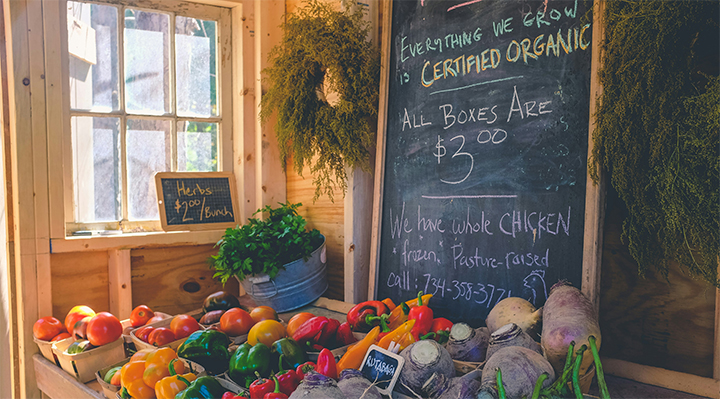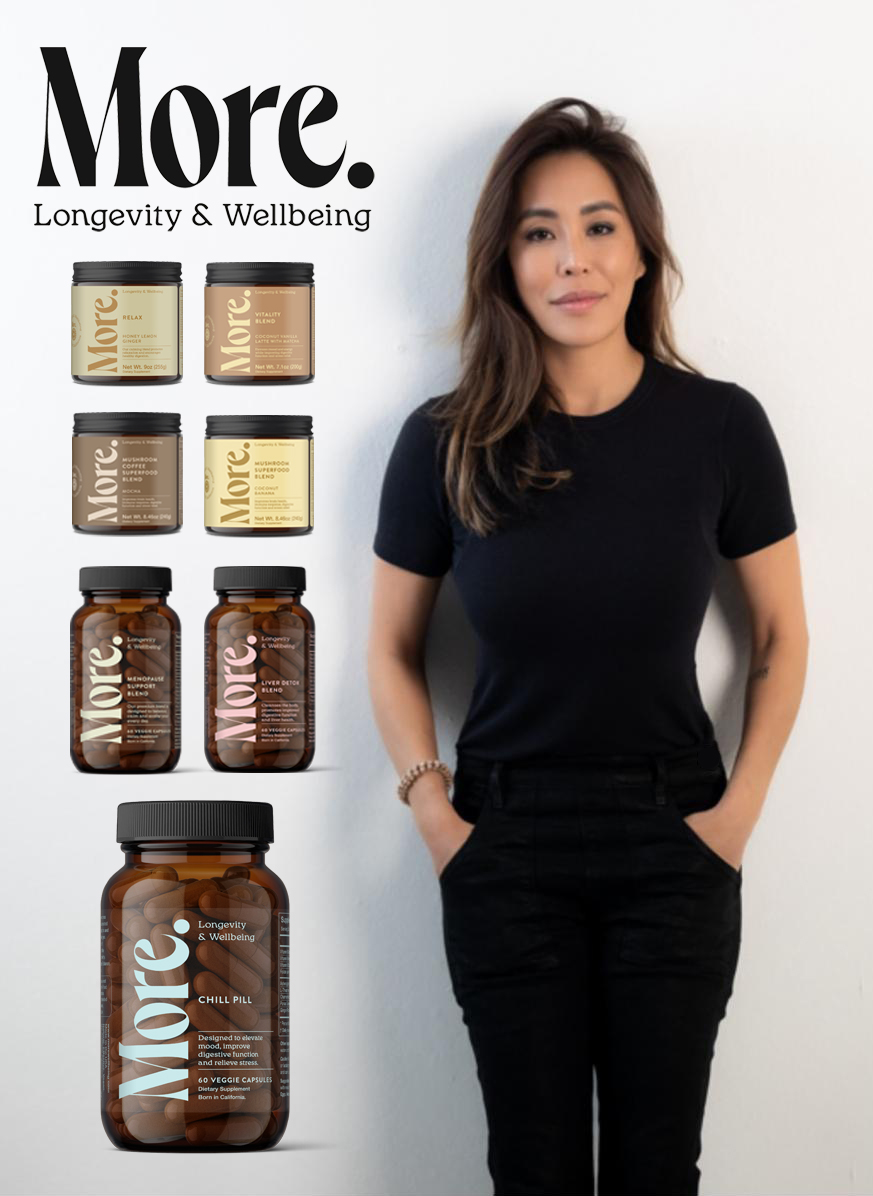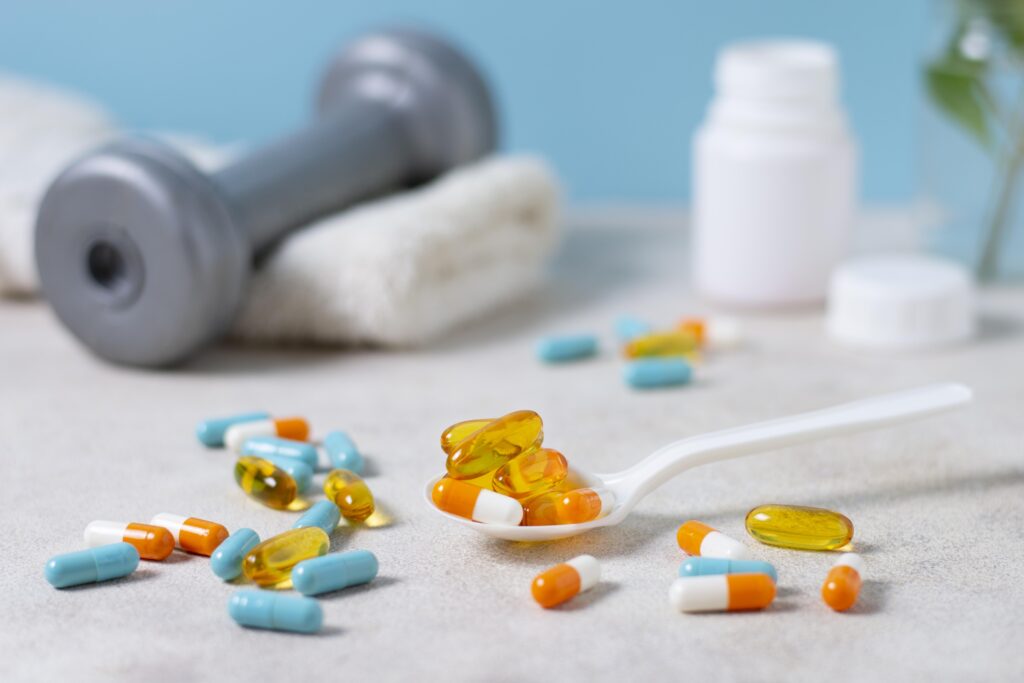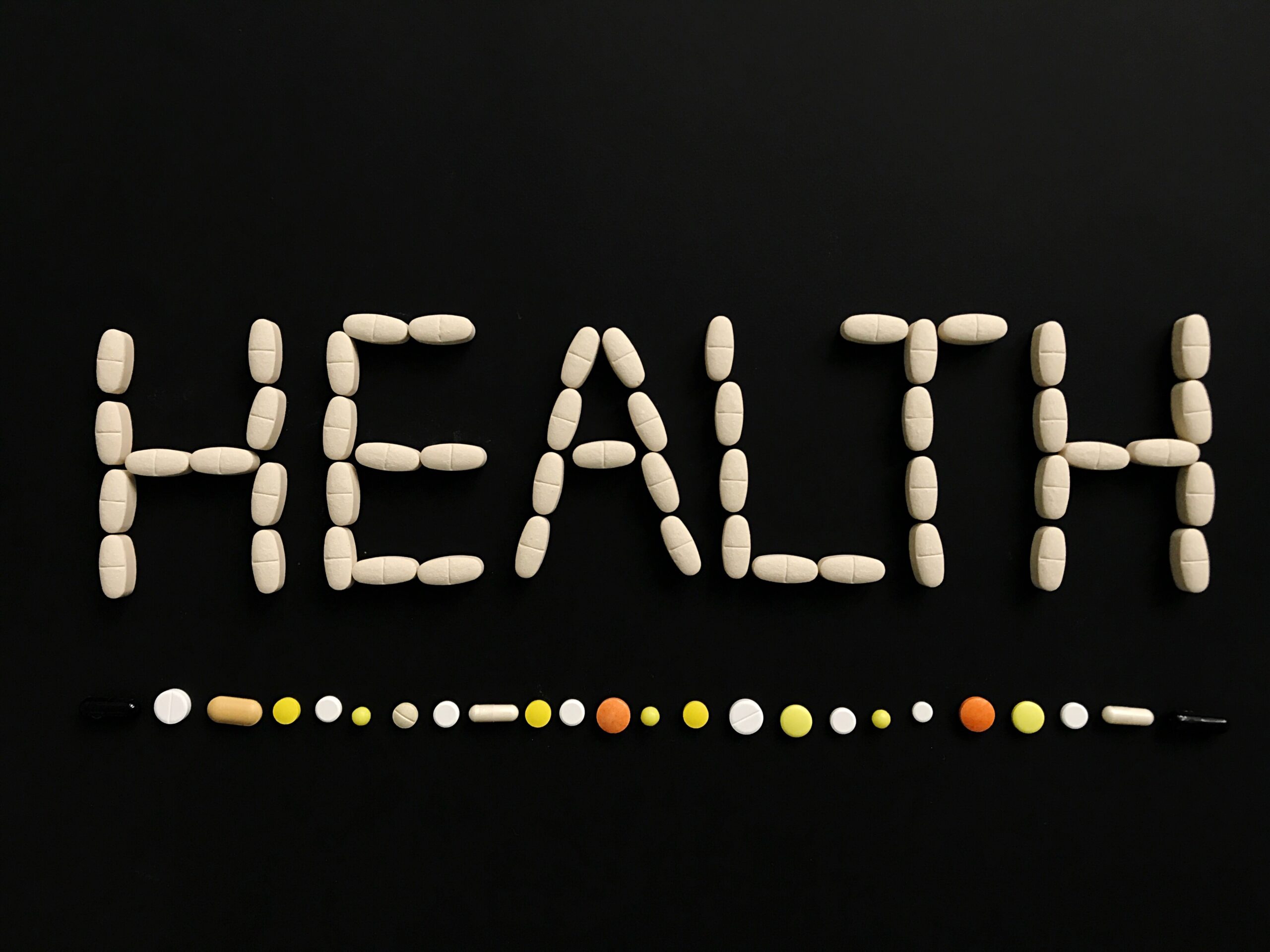Beyond Organic: Ensuring Purity and Transparency in Wellness Ingestibles. In the health and wellness landscape, organic certifications are often seen as the hallmark of quality. However, these labels don’t fully encompass the factors essential for evaluating wellness products like potency, purity, or transparency.

In the health and wellness landscape, organic certifications are often seen as the hallmark of quality. However, these labels don’t fully encompass the factors essential for evaluating wellness products like potency, purity, or transparency.
It’s essential for consumers to look beyond these certifications to understand the true quality of supplements and superfoods.
Evaluating Beyond Organic Labels
While organic certification assures consumers about certain agricultural practices, it doesn’t necessarily reflect the potency or purity of the ingredients. This gap highlights the importance of selecting products that prioritize more than just standard labels.
When choosing wellness supplements, it’s vital to opt for those that ensure the highest quality of ingredients. This means products designed not only to meet but exceed standards, providing genuine health benefits.

“In our efforts to push beyond conventional boundaries, we focus on the purity and potency of our formulas,” says Pascale Rothman, founder of More.Longevity & Wellbeing. “Our commitment to transparency and quality sets new benchmarks for wellness products.” At More.Longevity & Wellbeing, Rothman and her team exemplify the highest standards in product formulation, differentiating themselves from competitors by not only meeting but exceeding the rigorous expectations for purity. Their approach encompasses detailed sourcing records, comprehensive third-party testing, and an unmatched openness about their product compositions, ensuring that each ingredient is both effective and remains true to its natural origins.
The Power of Pure Ingredients
Selecting supplements that harness the power of natural ingredients, backed by both tradition and modern science, is crucial. Ingredients like ashwagandha and reishi have centuries of documented efficacy and safety. Companies committed to using high-quality natural extracts can provide products that are both effective and consistent, ensuring that consumers receive the full potential benefits of each ingredient.
Demanding Transparency
Transparency in the wellness industry varies significantly, and understanding what goes into each product is key to making informed choices. Consumers should look for products that list every ingredient clearly and avoid those that use vague terms or proprietary blends. This transparency builds trust and ensures that the products are free from unnecessary fillers or additives, aligning with the needs of informed consumers.

Guidelines for Choosing Wellness Products
When navigating the vast market of supplements and wellness foods, here are some tips to keep in mind:
- Read Ingredient Lists Carefully: Look for products with clear and comprehensive ingredient information.
- Seek Transparent Brands: Brands that openly share their sourcing and production processes are generally more trustworthy.
- Consistency in Quality: Choose products that demonstrate consistent quality in their extracts, which is crucial for maintaining effectiveness.
Through a rigorous commitment to quality and transparency, some companies are leading the way in setting new standards in wellness. They prioritize natural, high-potency ingredients that truly benefit consumer health, redefining what it means to be a leader in the wellness industry.
Beyond Organic: Ensuring Purity and Transparency in Wellness Ingestibles




